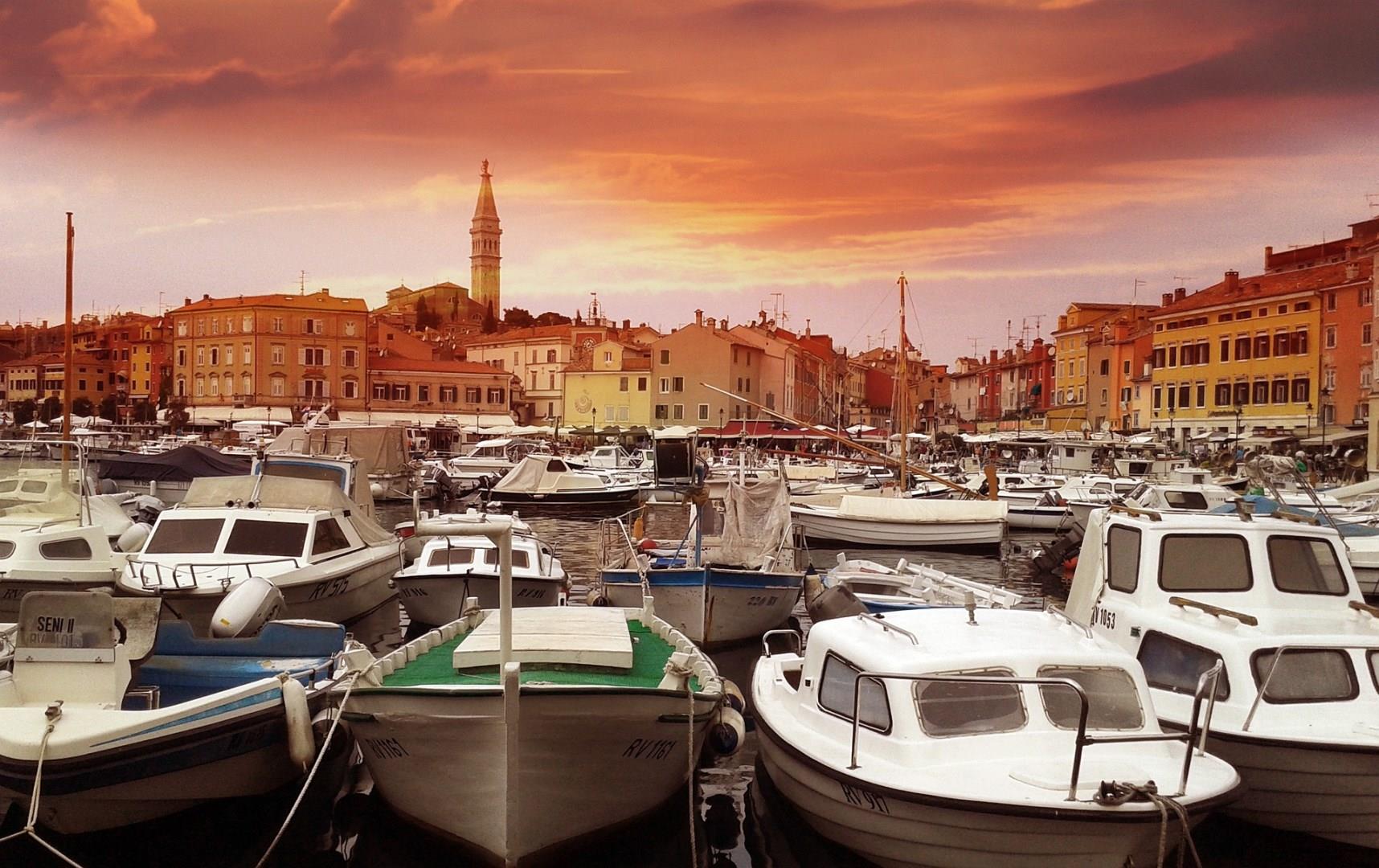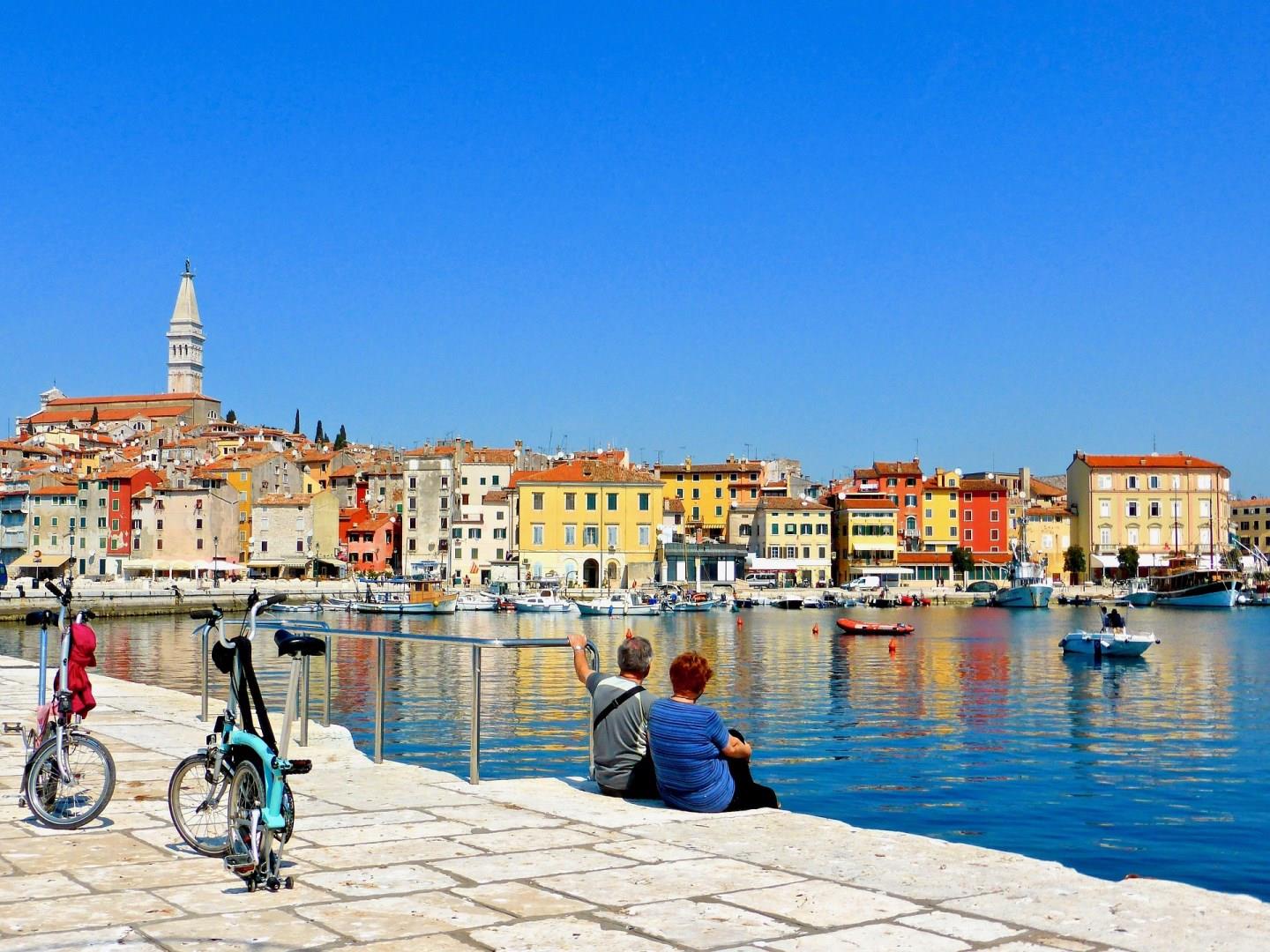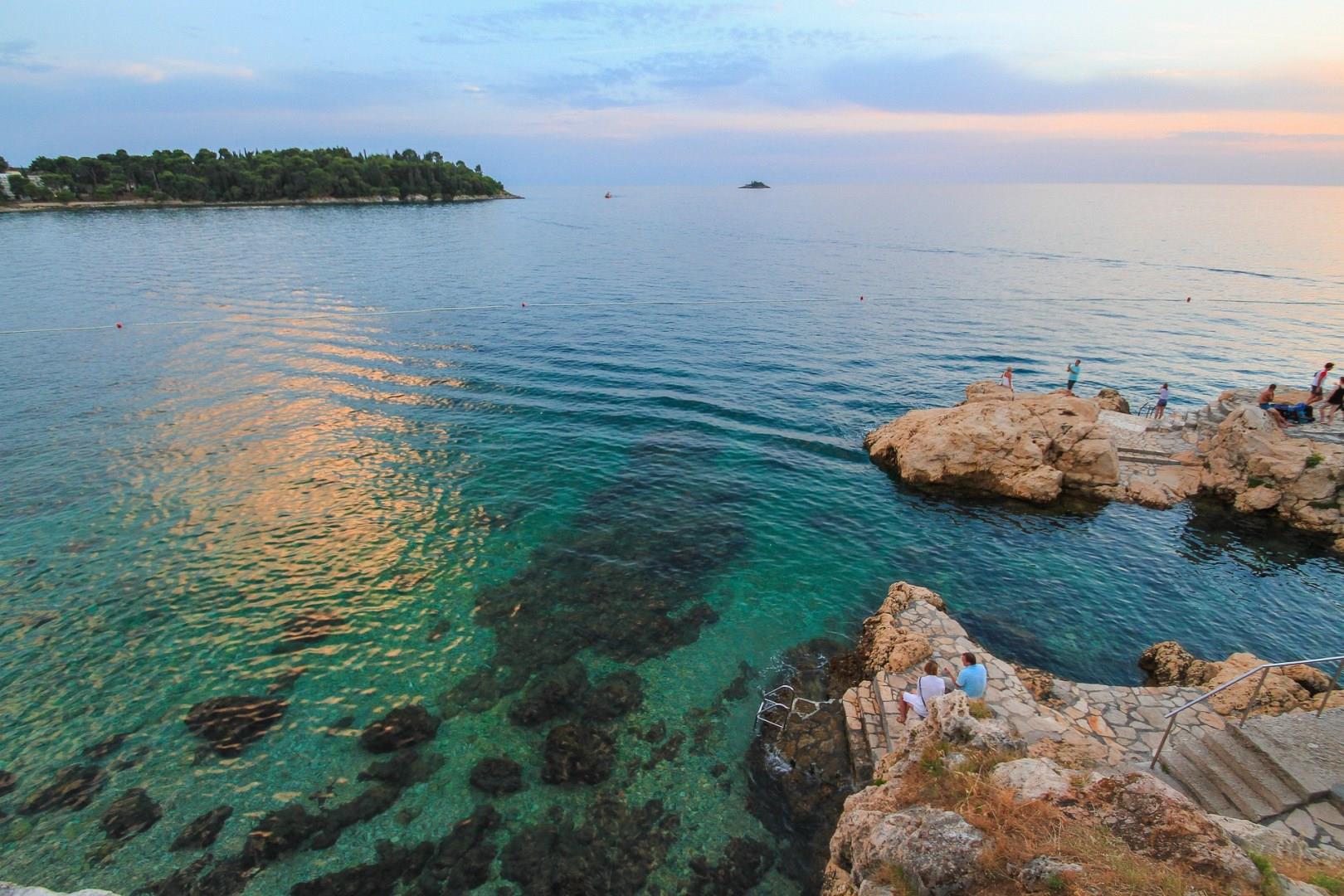

Breisach
This quaint town on the Rhine is the gateway to the Black Forest and lies halfway between Freiburg and Colmar. As you walk the cobblestone streets, stop to sample local schnapps made from fermented pears or cherries and the distinctive smoky ham of this region. St. Stephan's Cathedral perches on a hillside and is the exquisite centerpiece of the town.

Dominica
Dominica, known as the “Nature Island of the Caribbean,” is a haven for eco-tourists and adventure seekers. Nestled between the French islands of Guadeloupe and Martinique, this lush island boasts a remarkable landscape of volcanic mountains, dense rainforests, and stunning waterfalls. Dominica’s most iconic natural wonder is the Boiling Lake, the second-largest hot spring in the world.

Netherlands Antilles
The Netherlands Antilles refers to a group of island territories in the Caribbean, formerly a constituent country of the Kingdom of the Netherlands. Though their legal statuses now differ, these islands are still commonly referred to collectively: Aruba, Curaçao, Sint Maarten, Bonaire, Sint Eustatius and Saba.

Kamloops
Kamloops, British Columbia is a scenic city on the banks of the Thompson River, across from the Kamloops Indian Reserve. This Canadian gem, located northeast of Vancouver, B.C., was once an important trading post for the Hudson's Bay Company and an integral stop on the Canadian Pacific Railway during the Cariboo Gold Rush.

Belluno
Nestled in the foothills of the Dolomites, the picturesque town of Belluno offers visitors a perfect blend of natural beauty, history, and culture. Known as the "gateway to the Dolomites," Belluno is surrounded by rugged mountains, making it a prime destination for hikers, climbers, and outdoor enthusiasts. The town’s position along the Piave River also offers stunning views and opportunities for riverside walks.








